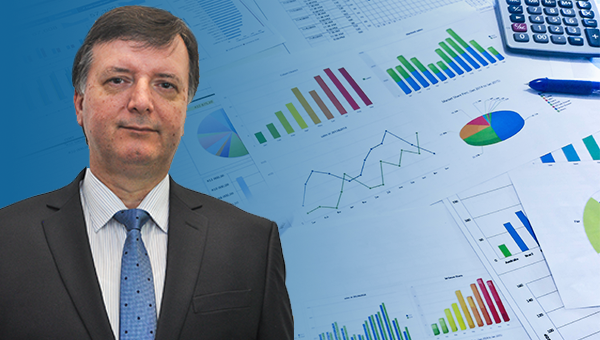
VACC Senior Research Analyst, Steve Bletsos breaks down the latest automotive statistics from the Federal Chamber of Automotive Industries. Here’s what you need to know…
National scene
There were 74,650 new vehicles sold in October 2021, which is a drop of 8.1 percent or 6,570 fewer vehicles over October 2020. Year to date sales, however, are 22.7 percent ahead of the same time last year, but 0.4 percent below pre-COVID levels seen in October 2019.
To a large degree, the sales drop in October can be attributed to ongoing international supply chain disruptions in vehicle production, including critical shortages of key components such as microprocessors/semi-conductors. Anecdotally, there are reports of automotive manufacturers stockpiling microprocessor chips and allocating them towards higher profit vehicles, thereby exacerbating waiting times for other vehicles.
Overall, the market is still on track to surpass one million new vehicle sales by the end of the year, which is a reasonable result given the supply constraints, lengthy lockdowns and challenging economic conditions experienced by New South Wales and Victoria during the year.
Ironically, Victoria was the only state which recorded new vehicle sales growth in October 2021 (6.3 percent growth), however Victorian sales are still 23.8 percent lower than pre-COVID levels seen in October 2019.
Sales by fuel type
Sales of traditional petrol, diesel, and hybrid vehicles fell by 9.0, 9.1 and 23.7 percent respectively in October, while electric and plug-in-hybrid electric (PHEV) continued its strong growth trends spurred on by price subsidies and other incentives offered by states and territories. A total of 461 electric vehicles were sold in October 2021 compared to 186 in October 2020 (excluding Tesla sales). Heavy commercial vehicles also performed well, with sales growing by 31.3 percent or an additional 957 vehicles compared to October last year.
Sales by segment and model
Micro cars and people movers were among the fastest-growing market segment in October 2021. In the micro segment, the Mitsubishi Mirage was a standout seller, with 388 sold during October 2021 compared to only 22 in October last year. In the people-mover category, the Volkswagen Multivan, the LDV G10 wagon, and Kia Carnival performed strongly.
Light vehicles less than $25,000 and sports cars greater than $80,000 represented the other two growth markets in October, where the MG MG3 and BMW 4 Series Coupe/Convertible were the volume sellers, respectively.
Market share
Year-to-date, the largest growth in market share was exhibited by MG, whose market share has more than doubled from 1.6 percent last year to 3.6 percent this year. The other key performer was GWM which saw a rise in market share from 0.5 percent to 1.7 percent over the same period. Honda continues to experience a large reduction in sales, with its market share more than halving from 3.3 percent last year to 1.6 percent this year.
Economic trends
Automotive fuel costs are a major component of household budgets. Given fuel prices have risen by 25 percent over the past 12 months, and underlying inflation has now reached a six-year high, it is no surprise we are currently witnessing a trend towards cheaper and more fuel-efficient micro/light vehicles and electric vehicles with lower running costs. With world oil demand exceeding supply leading into the northern hemisphere winter, oil prices are expected to remain above $80 a barrel over the medium term and will continue to influence consumer vehicle purchases moving forward.
Rising inflation is also potentially associated with higher interest rates, and the Reserve Bank has indicated it may lift its cash rate, currently 0.1 percent, sooner than expected – possibly by the end of 2022. While this is still a while away, any increase in borrowing costs for households and businesses could dampen spending and economic growth in the future.
Data source: Federal Chamber of Automotive Industries.
Statistics will be discussed on the next episode of THE GRILLE, a new automotive industry podcast hosted by Greg Rust, Shane Jacobson and VACC CEO, Geoff Gwilym. Out 10 November! Visit: thegrillepodcast.com.au